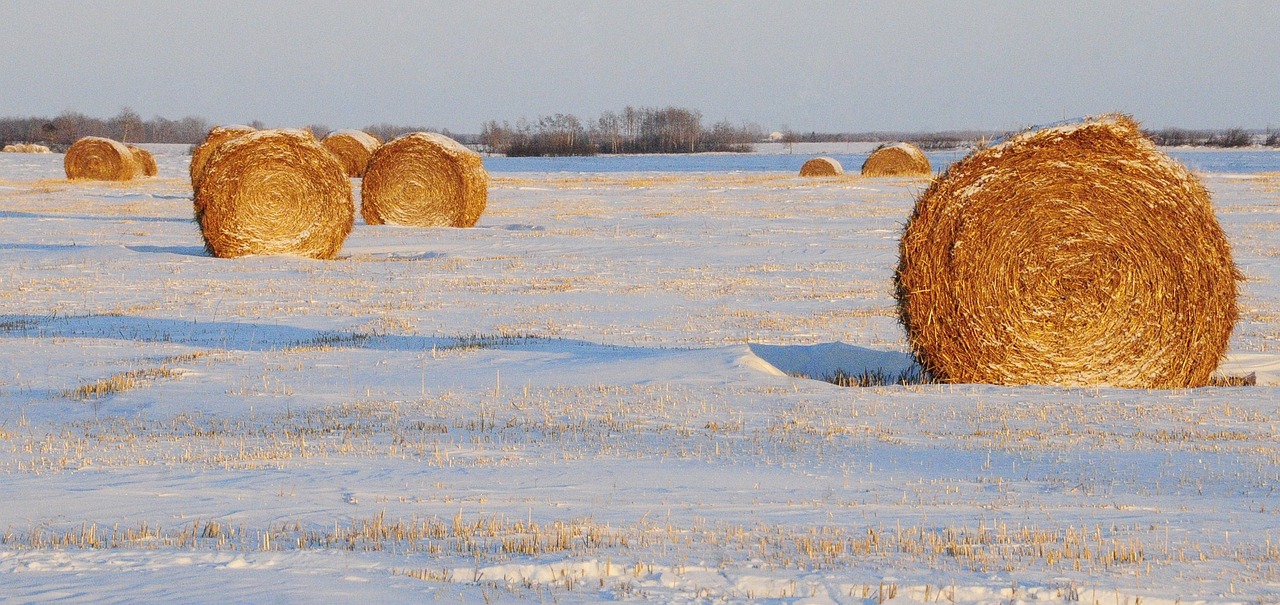Effective cover cropping takes forward thinking. The winter months present a great opportunity to formulate a strategy for the spring.
Successful cover cropping — regardless of weather — starts with proper planning. The winter months are the perfect time to be doing it. Having the plan in place before the busy spring season will take the pressure off come spring.

By having the winter season to plan, proper steps can be taken, like setting goals and researching species that could be used in your blends. If it’s your first run at cover cropping, being able to talk to producers that have experience, attend meetings, read books, and cruise the internet for information will help your decision-making process.
If you have grown a cover crop before, it’s time to assess the effectiveness of the mix used. What species seemed to thrive? Which ones were difficult to notice? What state is the soil in? What goals still need to be accomplished? What new goals are now apparent? Was it a normal year? What’s forecasted for next year weather-wise, economics-wise, and for your business model?
Soil health pioneer Gabe Brown said, “If you do not have any mistakes on the farm, you are not trying hard enough.” The absence of mistakes shows that there is little new on the farm. We need to take some of our acreage and experiment. Trying something different — otherwise you do not know if what you are doing currently is the best practice.
Regenerative agriculture thought leader Steve Groff uses the five per cent rule — take five per cent of your acreage and experiment. These acres will be part of your education. Looking at how to make your management system better. Don’t look at them as a mistake, but a learning opportunity. This learning opportunity will strengthen your system in the future.
When going through information it’ll be easy to get confused and disgruntled with all the conflicting information from around the world. How do you screen this information?
The first step is to assess your own goals. What seems to be working? Where are the areas that need more improvement? Who are the people that are respected in that area?
Getting only producers’ opinions can sometimes be misleading. Some are excellent at having trials through multiple years and coming up with replicable results. Others may have tried something once and written it off, even though it has merit. So, you need to ask context, conditions, reasons for someone not trying a practice again. Don’t write off an idea without asking questions. What didn’t work for them might work for you.
The internet is a great place to gather ideas, but you need to know where the information is coming from. We need information that’s relevant to our area. Some concepts have no location boundaries, but others are specific to local areas. Others have been tried in different areas, and they just need local adaptation to make them work.
Joining like-minded producers is another way to share information. WhatsApp, X and Facebook are all good places to meet up with farmers. Ask questions, share experiences, help support others on their journey. These groups tend to have producers scattered over a large area, with different levels of experience. As always, have a context in mind. A plant may have a reputation for a certain characteristic, but it will have other ecological properties that are overlooked.
Winter can also be the time to do some equipment modifications to help make seeding cover crops more efficient. It may be setting up your seeder to seed alternating rows of seeds in different tanks, getting a system to seed cover crops, setting up liquid systems to get liquid products placed in the seed rows, or developing a way to blend seed for cover crop blends on your farm. The idea would be making a system easy in-season; it eliminates any excuse not to get the cover crop seeded.
Do some research on any government or local producer group programs that may be available to help with costs associated with cover cropping. Watch the restrictions and rules of funding. Ensure that their goals match yours. If things are compatible, funding can help stretch the budget allowing you to do more.
Once the plans and goals are developed, get the seed lined up. Getting the seed ordered early will ensure you get the species you want and allows seed to be blended and to be in place before you get busy. In-season can work for acres that get added, but having the majority of the projects planned makes life less stressful. Hard-sided seed boxes are a good investment. They keep out the mice, are waterproof and easy to store.
Winter can be a slow time of the year, but using the time to plan for the next season helps reduce stress during the growing season. Plans may need to be modified in-season, but the heavy lifting is already done. All you need to do is execute the plan.










